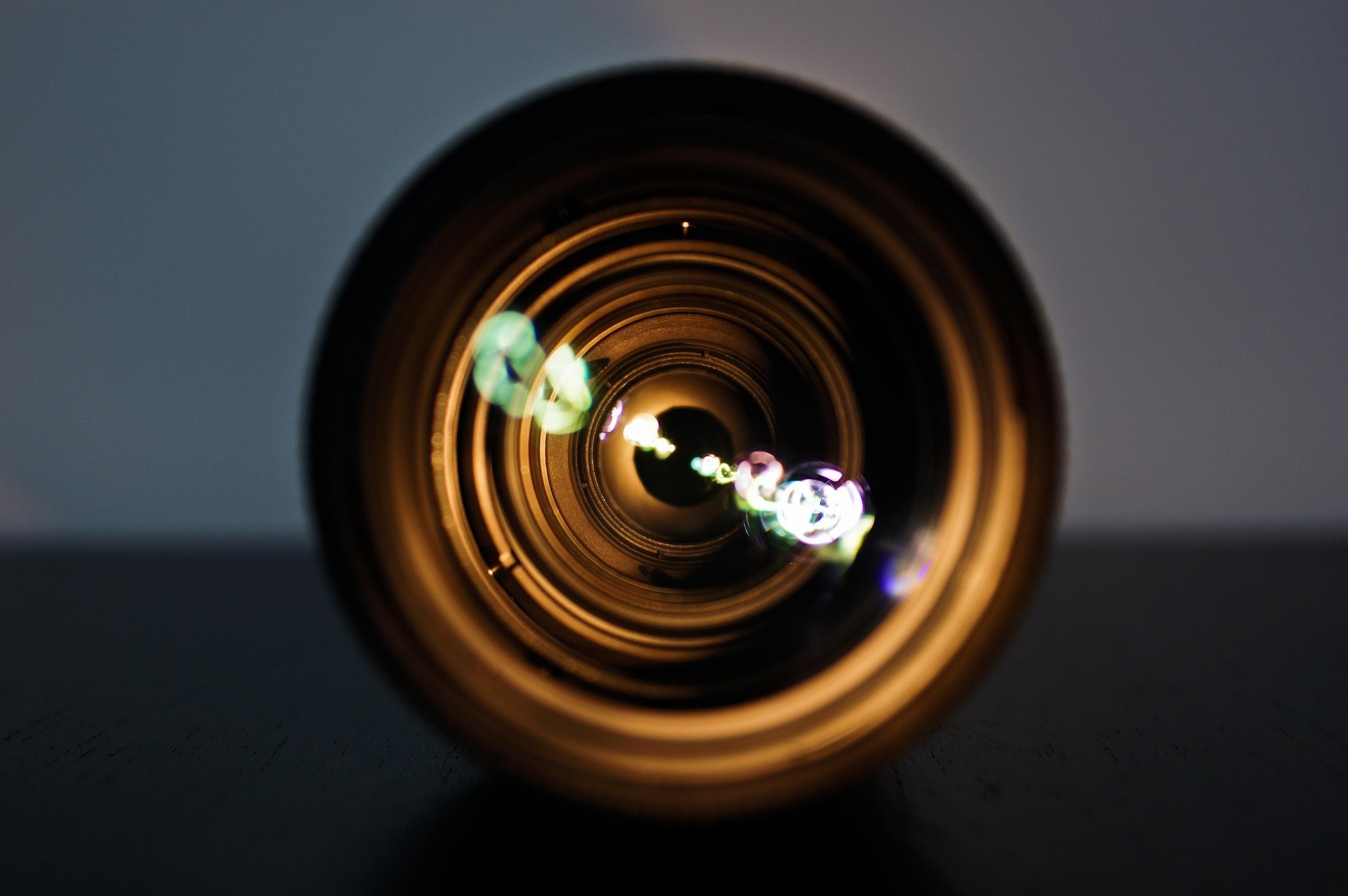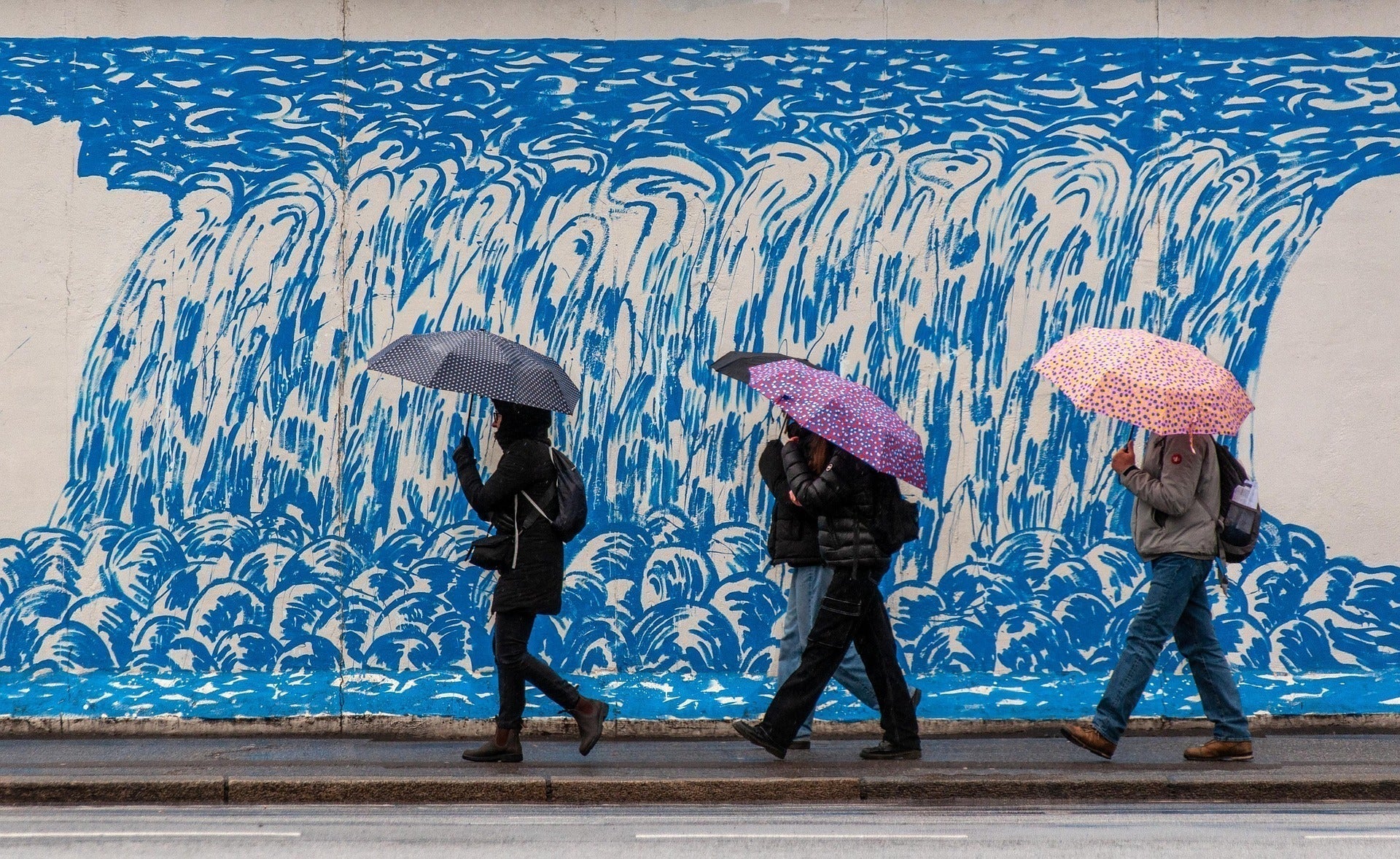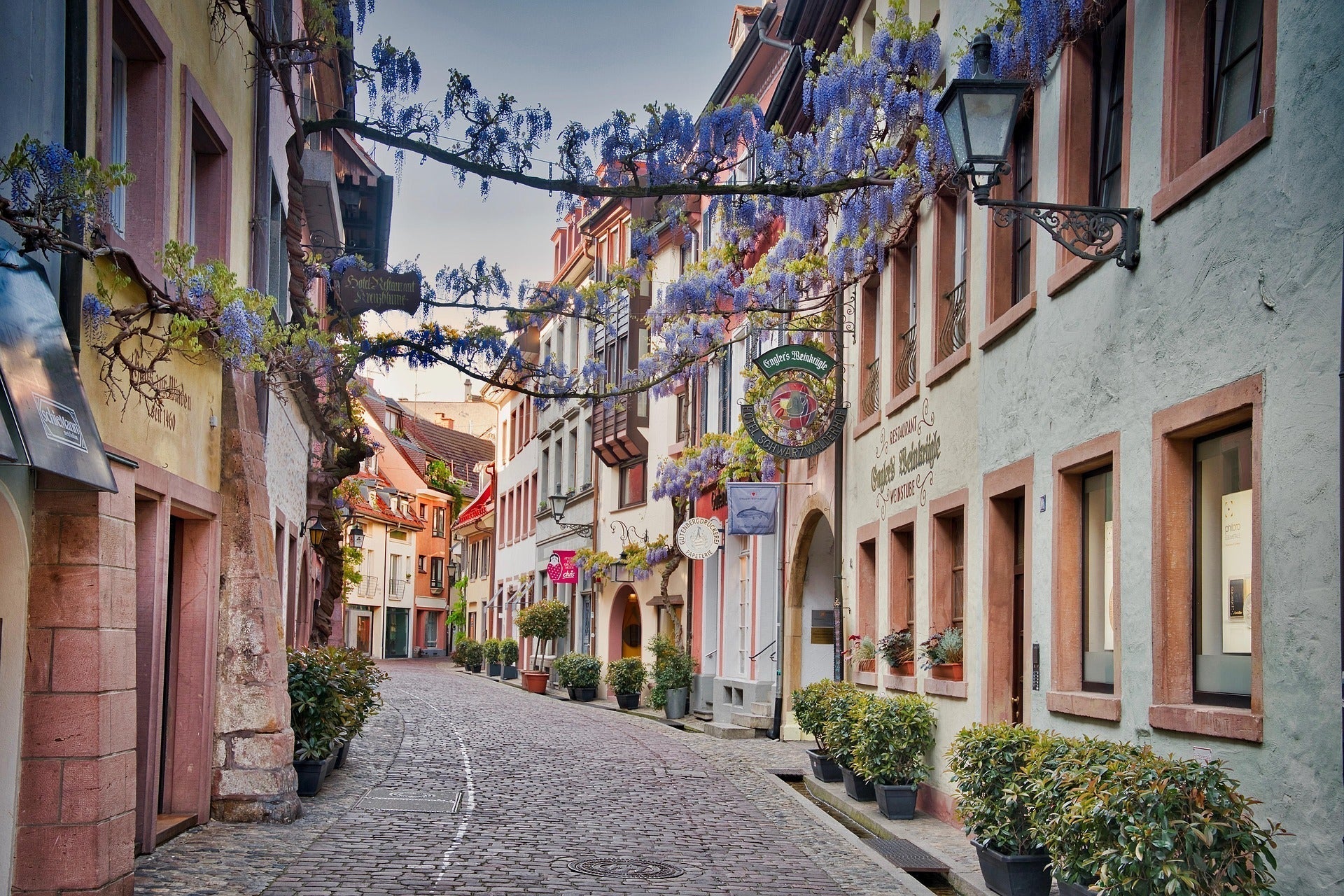
Shutter speed in focus: capture movements accurately
Photography is the art of capturing short moments for a long time. An important factor in taking any photo is the shutter speed, which determines how long the camera sensor is exposed to light and therefore has a fundamental influence on the brightness of the image and the representation of movement. In order to use it effectively, it is important to understand the technical basics of shutter speed, its direct influence on the representation of movement, its application in various photographic areas and the creative possibilities it offers. This text will also explain why shutter speed is not only a technical parameter, but also an exciting tool for the precise and artistic capture of movement.
What is shutter speed?
The shutter speed, often also called the exposure time, is the amount of time during which the camera sensor receives light in order to take a picture. Essentially, it is the speed at which the camera's shutter opens and closes. You can think of the shutter as a curtain that opens for a period of time to let light onto the sensor and then closes again. A fast shutter speed means that the shutter opens and closes quickly, exposing the sensor to light for only a brief moment.
In contrast, with a slow shutter speed, the shutter stays open longer, resulting in a longer exposure of the sensor. This fundamental difference has far-reaching consequences for the resulting image: a fast shutter speed allows less light into the camera, while a slower shutter speed allows more light to reach the sensor. The choice of shutter speed is therefore a decisive factor for the correct exposure of a photo. It also plays a central role in the way movement can be captured in the image.
The shutter speed is measured in seconds or fractions of a second. Typical values range from extremely short times such as 1/8000 of a second to very long times of several seconds or even minutes. Especially if you deliberately work with different shutter speeds, it is helpful to always be able to react flexibly to different shooting situations. A well-organized camera bag that offers quick access to the camera, ND filter or spare battery can make all the difference at the crucial moment - especially with dynamic subjects or changes in light on the move.
Camera settings for the shutter speed
Modern cameras generally offer a wide range of shutter speeds to meet the most diverse photographic requirements. In addition to the fixed shutter speeds, in many cases they also have special modes such as "Bulb" mode (B), in which the shutter remains open for as long as the shutter release button is pressed, and "Time" mode (T), in which the shutter is opened the first time it is pressed and closed the second time. These modes enable long exposures that go beyond the usual time ranges and open up special creative possibilities.
Anyone who regularly works with different shutter speeds will benefit from camera equipment that can be transported safely and well organized - especially if accessories such as filters or remote triggers are involved. A flexible interior helps to keep everything neatly stowed away and quickly to hand. The precise measurement of the shutter speed in such fine increments allows photographers to capture extremely brief moments and precisely control the duration of the exposure.
Capturing the moment: fast shutter speeds
There are various situations in which a photographer's main objective is to capture a fast movement precisely and accurately. This can prove to be particularly important in sports photography, for example, when sharp shots of athletes in dynamic motion sequences are required.
For precise shots of people running, a shutter speed of at least 1/250 of a second is generally recommended. For faster movements such as sprinting or jumping, speeds of 1/500 of a second or faster are advisable. For very fast sports such as car racing or special snapshots such as capturing the moment a baseball bat hits the ball, shutter speeds of 1/2000 second or faster may even be required.
Similar shutter speeds are also used in wildlife photography to capture animals in their often fast and unpredictable movements. Fast shutter speeds also make it possible to capture very fine details of fast-moving animals. A shutter speed of 1/1000 of a second or faster is often used when photographing running animals. For flying birds, especially smaller and faster species such as swallows or hummingbirds, even faster speeds of 1/2000 second or faster are necessary to capture the short wing beats. Fast shutter speeds are not only advantageous here because of the moving subject, but also because they help to avoid camera shake when photographing without a tripod.
Flexibility is particularly important for fleeting subjects. If you want to react quickly, you need equipment that is easy to carry and open. A protective camera bag with an easily accessible compartment for interchangeable lenses makes it easier to react spontaneously to situations - without rushing or wasting time.
The art of motion blur: slow shutter speeds
Sometimes, when taking photos, you want to achieve the exact opposite of an objective, detailed image: An image that is as expressive as possible, which should not depict reality in all its subtleties, but rather a particular feeling or a subjective perception. To achieve this goal, slow shutter speeds can be used to achieve the so-called motion blur effect. This technique is about creating a feeling of speed, flow or dynamism. The intensity of the motion blur depends on both the selected shutter speed and the speed of the moving subject.
This technique is particularly suitable for capturing the flowing movement of water or the light trails of vehicles at night. When using slow shutter speeds, it is usually necessary to use a tripod to avoid unwanted camera shake, which could blur the entire image. For such shots, where additional equipment such as tripods and filters are used, a spacious camera bag is recommended to keep not only your camera but also the accessories safe and organized. In addition, due to the long exposure time in very bright environments, it may be necessary to screw so-called neutral density filters (ND filters) in front of the lens to reduce the amount of light and thus enable longer exposure times even in daylight without overexposing the image.
For example, if you want to capture the flowing movement of water with the camera, there are various options for selecting the shutter speed: for a gentle, "silky" effect of the water, shutter speeds in the range of half a second to several seconds are often ideal. But very long exposure times of several seconds or even minutes also have a unique effect: they can transform the water into a misty veil, creating a surreal atmosphere.
Another popular application for slow shutter speeds is the photography of light trails, as used in light painting, for example. Here, the movements of light sources in the dark are captured as glowing lines in the image during a longer exposure time. To achieve this effect, exposure times of a few seconds to a minute or longer are usually required.
Conclusion
Ultimately, the choice of shutter speed is largely determined by the photographer's desired artistic expression. If the primary aim is to capture a fleeting moment with pin-sharp precision and, for example, to depict an animal in motion as accurately and precisely as possible, you should work with fast shutter speeds. However, if the focus is more on artistic expression and the blurring of individual elements in front of the eye during a dynamic movement, a slow shutter speed should be used to emphasize the desired effect. As a simple but effective tool, the shutter speed setting is easily available to every photographer, and experimenting with it can be worthwhile! Regardless of whether you want to freeze fast movements or produce creative blurs, a reliable camera bag is an indispensable companion that protects your equipment and makes transportation easier.




